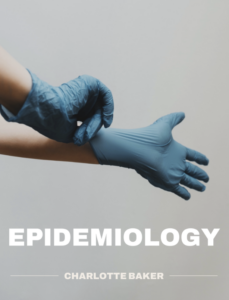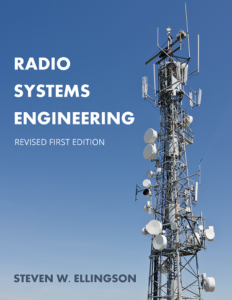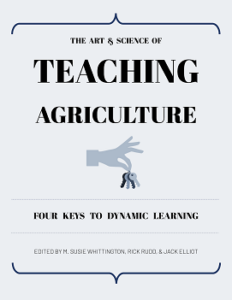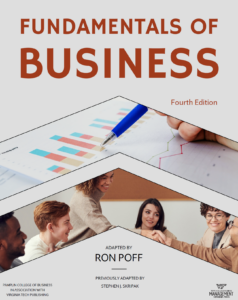The Open Education Initiative at Virginia Tech is pleased to announce the release of a new open textbook, Epidemiology.
Epidemiology is a 156-page openly-licensed text by Charlotte Baker DrPH, MPH, CPH designed for medical degree–seeking clinical students without a prior background in public health. Using sports medicine and injury prevention examples and applications, it aims to provide students with the basics of epidemiology terms and concepts and is intended to guide medical school students as they prepare for the USMLE (United States Medical Licensing Examination) Step 1 Exam and to transition from student to clinician.
- – It includes an introduction to general concepts and terminology of epidemiology, study designs and their relationship to clinical questions, and the use of epidemiology in clinical diagnosis and screening of disease.
- – Concluding sections of the book present sources of errors in epidemiologic studies, including bias, confounding, and effect modification.
- – The book is notable for its use of accessible, inclusive figures and examples, and end-of-chapter study guides that summarize the chapter visually. Continue reading




